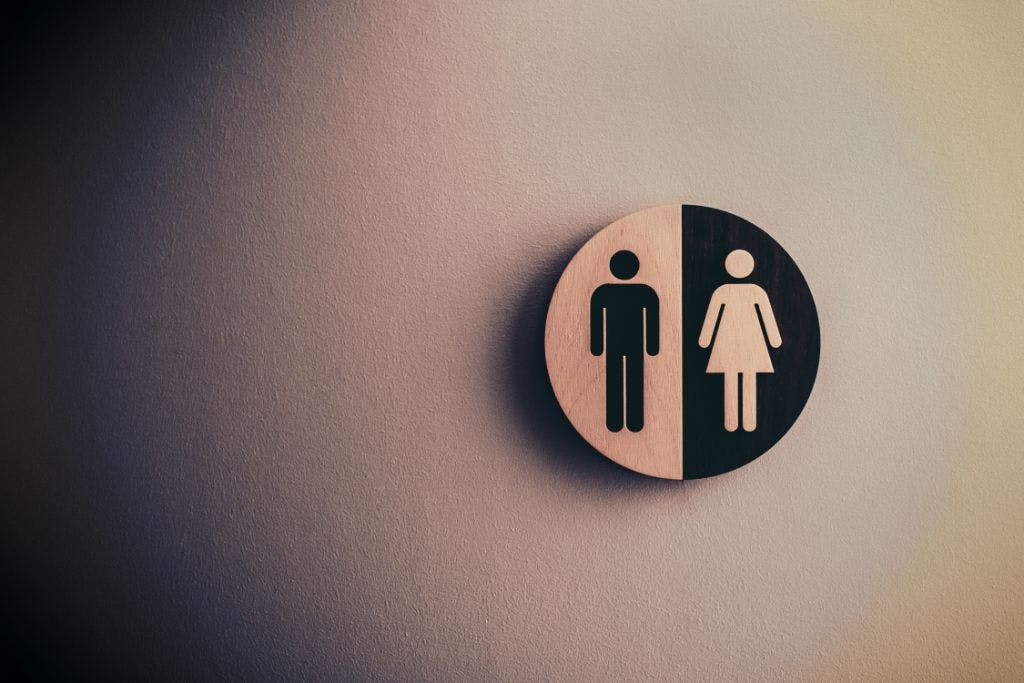First published on Monday, Jun 08, 2020
Last updated on Wednesday, Jun 19, 2024
Direct discrimination refers to the action of treating a person differently (often unfavourably) due to a specific physical or mental characteristic: such as age, gender or disability.
Not only is this form of treatment morally wrong in the workplace; it presents a legal issue in the context of employment law.
Examples of direct discrimination
The Equality Act (2010) lays out a detailed guideline of nine ‘protected characteristics’ that it is unlawful to directly discriminate against:
- Age
- Disability
- Gender reassignment
- Marriage and civil partnership
- Pregnancy and maternity
- Race
- Religion and belief
- Sex
- Sexual orientation
Examples of direct discrimination
- Pregnancy and maternity: It would be unlawful for an employer to manage and monitor absences from work due to morning sickness and count these towards triggers for action under their attendance management protocol. This is direct discrimination against pregnancy and maternity.
- Gender reassignment: Let’s say a male employee informs their employer that are planning major surgery in order to live the remainder of their life as a woman, because it is causing them severe psychological trauma. After the discussion, the employer attempts to relocate the employee to a non-client facing role, against the employee’s wishes. This is direct discrimination against gender reassignment.
How to deal with claims of direct discrimination
This is why organisational culture is so important. Employers must ensure that equality is the norm, and is actively promoted and expected of all staff. Any detail within policies and procedures should support a business’ “Equality Agenda”, and make absolutely clear that discrimination of any kind will not be tolerated.
Employees should be fully aware what the company’s protective duty for them entails. The employer must protect employees from discrimination and, if it does take place, then the employer will deal with this appropriately by investigating complaints and issuing sanctions where necessary.
If a grievance is raised about discriminatory treatment, the employer must first speak to the employee to establish whether they have sought to resolve their issues through informal means. Often this won’t have happened because the employee is so negatively impacted by the discrimination that they feel unable to broach the subject informally.
It is the employer’s responsibility to deal with the issue in a timely manner, be completely transparent about processes and timelines, and offer support for the employees concerned. These steps will lead to an efficient investigation which should not impact upon employee morale.
Is there an opportunity to mediate the situation?
Be aware that direct discrimination may have taken place without intention, and mediation may bring two employees into a forum by which they can discuss the incident in a safe way.
Mediation often involves talking about the impact the incident or situation has had upon them, agreeing a solution and a rebuilding of the relationship with guarantees of improved future conduct.
However, sometimes the level of direct discrimination will have gone so far that mediation will either not resolve the issue, or the perpetrator will need to be held directly to account for their behaviour. In which case, grievance procedures should clearly identify an investigating manager to review the complaint, speak to witnesses and gather evidence to form a thorough investigation.









